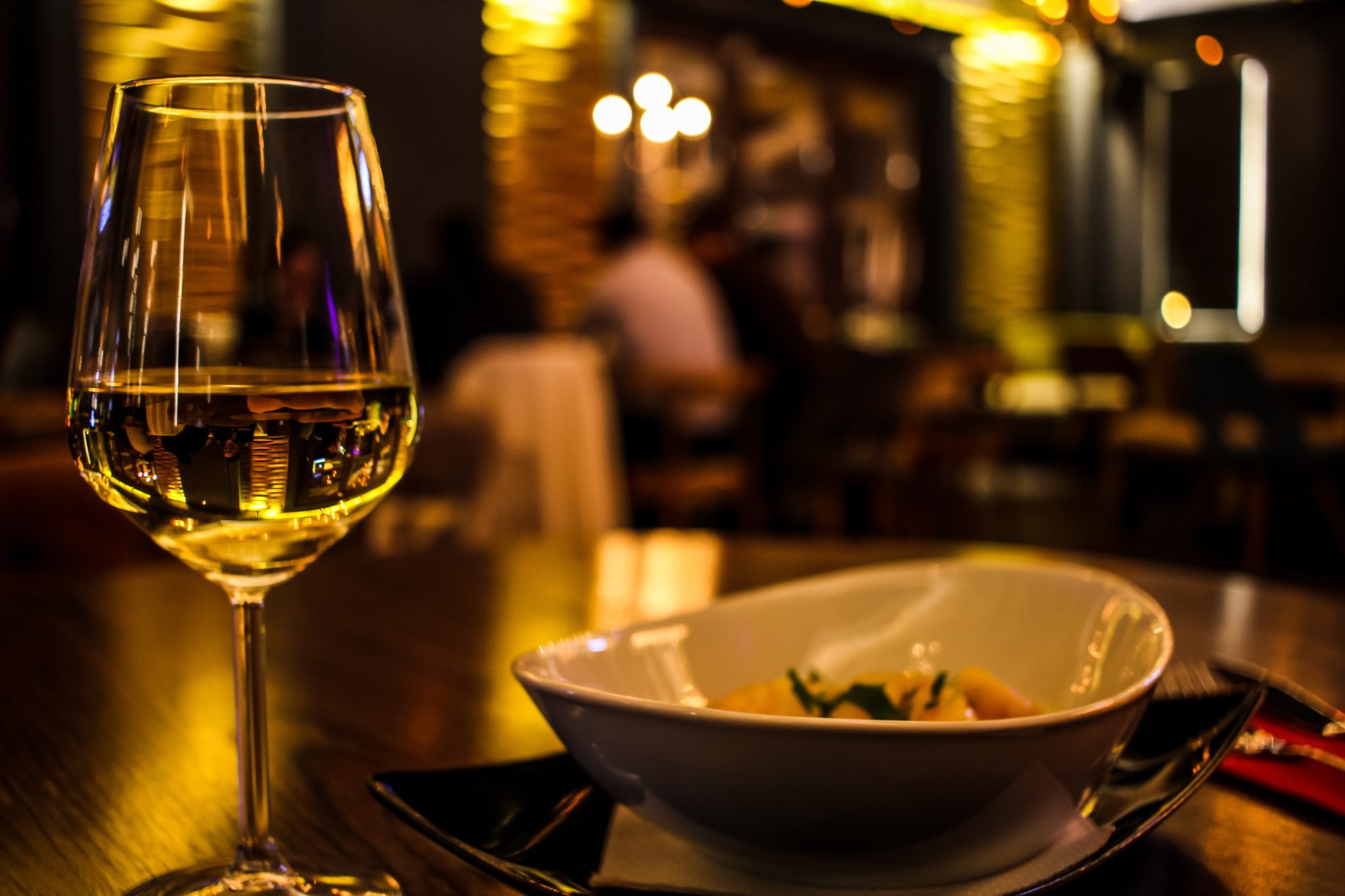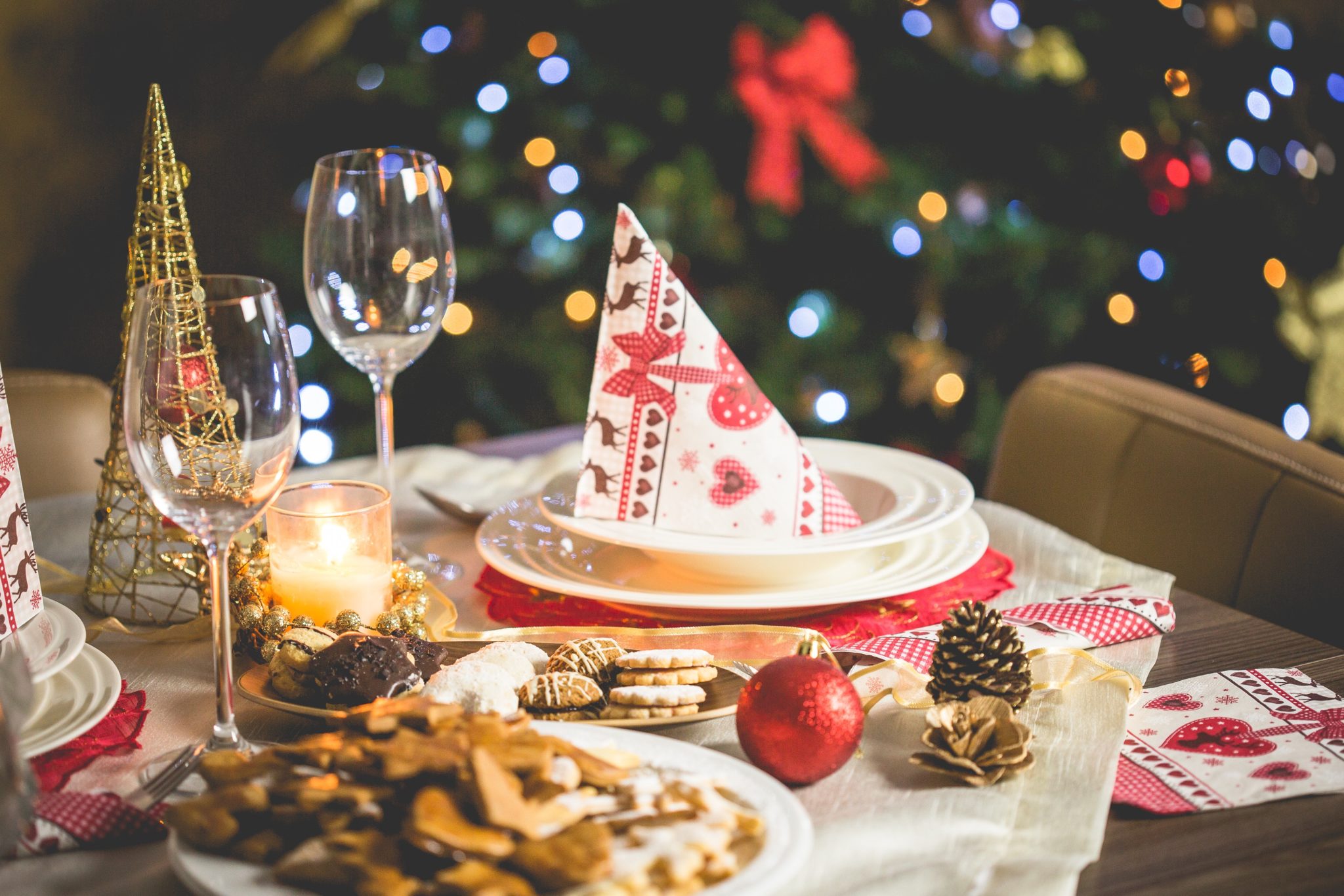
Seven simple strategies to survive holiday meals while staying calm, content, and satisfied – most of all with yourself!
Throughout the holidays, emotions can range anywhere from upheaval, depression, and grief to love, joy, empathy, and celebration.
December is when Vata’s windy, chaotic energy is at its height. Things can get busy and crazy!
This is a time of year when your immunity needs more than support that ever as you’re exposed to colds and flu while simultaneously running around with an endless list of things to do.
Now add family dynamics, social obligations, changes to your diet, already feeling fatigued or overwhelmed, and financial worries… You need a loving, self-care infused strategy to survive the holiday season!
One that will help prevent you from overindulging in food that makes you feel crappy, that significantly supports your digestive system, and that helps you honor yourself in a super self-loving, delicious way.
I have some simple strategies for you that will help you survive emotional eating over the holidays, prevent you from feeling crappy after big holiday meals, and support your overall self-care in a truly self-loving manner.
These are strategies to help you THRIVE.
The holiday season is the most powerful (and ideal) time of year to practice slowing down and turning your attention inward – despite any chaos that swirls around you.
Consider my Ayurvedic Holiday Eating Survival Guide your personal roadmap to enjoying the holiday season with a giant dose of self-honoring, joy, and wellness!
You deserve to take care of yourself.
When you take care to listen to your body and recharge and replenish yourself, you’ll feel so much happier and have so much more to give.
It may take courage and determination to put yourself first. But you can do it! You deserve to take care of yourself and take time out for self-care. It’s essential.
So without further ado, here are my Seven Simple Strategies to help you THRIVE throughout the holidays.
Prepare For Big Party Days
“Success comes when preparation meets opportunity.”
– Henry Hartman
Prepare for social gatherings by eating light, and at normal times. Do this for at least 24 hours before the event. Work on your digestion beforehand. Get it strong and healthy and moving for you. You’ll feel strong and ready when the big meal actually arrives.
Here are some examples of light foods: soups, broths, room temperature shakes, and smoothies, simple grain bowls, eggs with greens, kitchari, and stewed fruits.
For a day or two, avoid sticky, dense, processed foods like pastries, pasteurized cheese, and casseroles.
Don’t Go Hungry
“There is no diet that will do what healthy eating does.”
I recommend that you don’t fast before a big meal. It’s almost always a setup that guarantees your eyes will be bigger than your stomach once food arrives. Feeling ravenous can cause you to overindulge.
Typical to big food-centered gatherings, when you eat may be unpredictable as well. So be the person who brings healthy appetizers and desserts, such as Kale Salad, Steamed Veggies, Brown Rice, or something sweet from my e-cookbook, “
Guiltless Indulgence.”
If you’re concerned about feeling irritable, low blood sugar, or “hangry” before the main meal, take care of yourself by eating a small handful of superfood trail mix, baked kale chips, fresh jicama slices, apple dipped in raw tahini, or bok choy with hummus.
“Augustus, sweetheart, save some room for later!”
– Augustus’ mom, Charlie & the Chocolate Factory
The size of your stomach is about the size of your fist (your fist, not someone else’s fist).
When you overeat, the stomach expands. When you undereat, the stomach shrinks.
Ayurveda’s rule of thumb is this: Put your two hands together with the pinky sides of your hands touching. Your hands will form a bowl. This is called an “Anjali!”
An Anjali represents how much food you can eat at one sitting without overeating or feeling too full. Your body has already determined the perfect serving size for you! Isn’t that awesome?! Honor your belly by eating only when you feel hungry.
By the same token, finish eating before you feel totally full. One trick I use is to smell food that still tempts me. I sweat, it’s almost as good as eating it!
Say “no, thank you” to additional food once you’re done. You’ll feel so good about yourself the next morning!
If your metabolism is slower than you’d like, prepare your stomach for holiday meals by helping it get revved up and ready to receive. Here’s how.
Mashup a quarter teaspoon of fresh ginger root with the juice of a lime or lemon. Add a tiny pinch of good quality, mineral-rich salt (like Celtic sea salt) and chew it before eating.
Or, do a “spice lick.” Put 1/8 teaspoon of cumin or asafetida on your tongue 5 or 10 minutes before a big meal. It’ll get your gastric juices moving!
If you’re a fairly flexible yogi, consider eating your meals with your left knee pulled up to your chest. This puts gentle pressure on your stomach and helps you stay aware of how full you feel.
All that being said… If you do overeat, don’t stress! Get things moving again by massaging your belly in a clockwise, circular motion. You can add a Tablespoon of sesame oil plus one or two drops of coriander or cardamom essential oil and rub them onto your belly. The oils will help disperse gas and bloating and relieve pressure in the gut.

Say Yes
“Saying yes is a lot more fun than saying no.”
– Richard Branson
When there’s something on the table that you LOVE, allow yourself to have it. Savor it. Be present for this one experience right now. If your go-to attitude is guilt or deprivation, change the way you speak to yourself. Instead of “I shouldn’t,” say, “I get to.”
When you let yourself say yes and enjoy your choice, you absorb and assimilate your food better. If you eat your favorite dish alongside a giant helping of guilt and shame, your body with the struggle to digest it. So…
Enjoy! Enjoy! Enjoy!If you enjoy drinking alcohol, use it to your advantage. A small amount of alcoholic “bitters” or “sour” can help you digest a heavy holiday meal!
Fun fact: Taking in the aroma of food can satisfy your craving for it. When you smell food, it shows you how it will make you feel. Your body already starts digesting food aromatically before a first bite makes it to your mouth. WOW.
So if there’s a food you love but you know it won’t make you feel good, smell it instead! Trust that your nose knows. When you listen with all your senses, your body says yes.
Put your fork (or spoon) down between every bite. It will make you more conscious of the pace at which you eat. It will also give you a chance to notice how you feel, and it may inspire you to spend more time getting to know the other people at your table.
Eat slowly. Why rush?
By chewing every bite, you’ll avoid wanting or needing seconds simply because you finished first and everyone else is still eating.
Plus… Bonus! For every bite you chew completely, your naturally enzymatic-rich saliva will help your food be better assimilated and absorbed. This kind of “optimal food breakdown” will help prevent day-after, heaviness-driven hangovers.
After a big meal, take a short walk. Treat it like a self-care time out – to connect with yourself, with nature, with your breath, or with someone you especially love.













